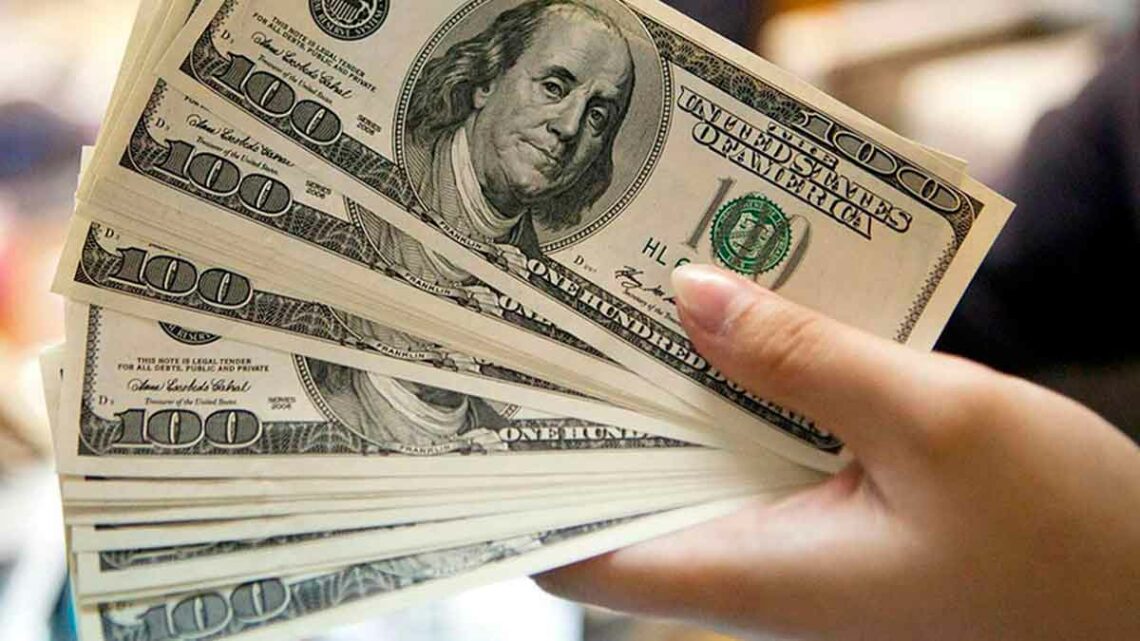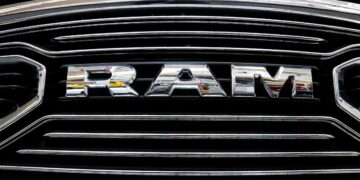Do you want to know if you have these dollar bills and what to do with them? Starting last October, and for reasons related to improving the security of the monetary system, some dollar bills will no longer be accepted. This information comes from the Secret Service, the Bureau of Engraving and Printing, and the Advanced Counterfeit Deterrence Committee (ACD). Therefore, this initiative is aimed at preventing stores, banks, businesses, and ATMs in the United States from accepting a series of dollar bills. In this article, we will tell you which types of bills will no longer be valid.
How to recognize if you have these Dollar Bills that are no longer accepted
As an American, you know that there are dollar bills of $1, $2, $5, $10, $20, $50, and $100 issued by the Federal Reserve (FED). It is true that you can still find $500, $1,000, and $10,000 bills, although they are no longer being printed. Now, with the new initiative from the Bureau of Engraving and Printing, bills deemed “mutilated” will be rejected.
When we refer to “mutilated” bills, we mean those that show signs of fire, water, misuse, chemicals, insects or rodents, petrification or deterioration from being buried, as explained by the Federal Reserve. This includes bills with cuts, damage, or discoloration. Additionally, new designs for the $5, $20, $50, and $100 bills will also be introduced. It is worth noting that the new $50 bill will be released in 2028, the $20 in 2030, the $5 between 2032 and 2035, and the $100 between 2034 and 2038.
What to do if you have a “mutilated” Dollar Bill
If you have mutilated dollar bills at home or in your wallet, you should contact the Bureau of Engraving and Printing directly with a claim for mutilated currency. The BEP will evaluate the money, and if everything checks out, they will issue a check to the holder of the dollar bills, according to a currency representative from the Federal Reserve. The BEP is now accepting in-person submissions of mutilated currency in Washington, D.C.
The BEP’s Mutilated Currency Division is completely free for the exchange of mutilated bills. In fact, they receive an average of 22,000 examination requests each year, with an approximate value of $35 million. You can take a look at this guide that explains how to proceed with a mutilated dollar bill and know when you will or will not receive a refund.






